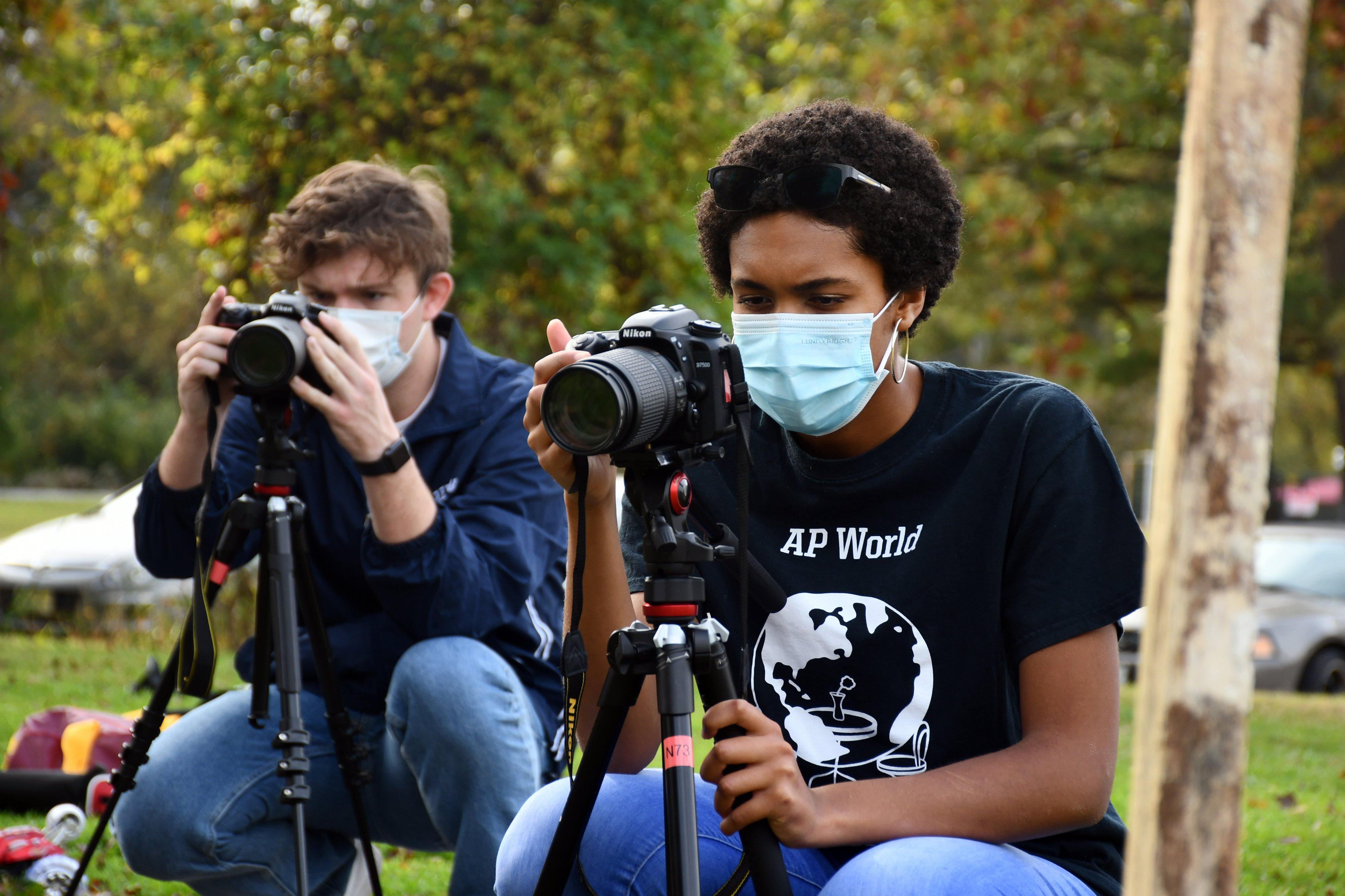
The Philip Merrill College of Journalism took some time to reflect on how we rose to the challenge of the pandemic and grew from it, beginning with thoughts from Dean Lucy Dalglish.
After a year of remote classes, COVID tests, heightened anxiety, online commencements and more Zoom time than any human should have to endure, Merrill College faculty, staff and students are taking a moment to ask, "What have we learned?"
Please take a few minutes to read the thoughts of members of the Merrill community. You will be impressed with their resourcefulness and resilience.
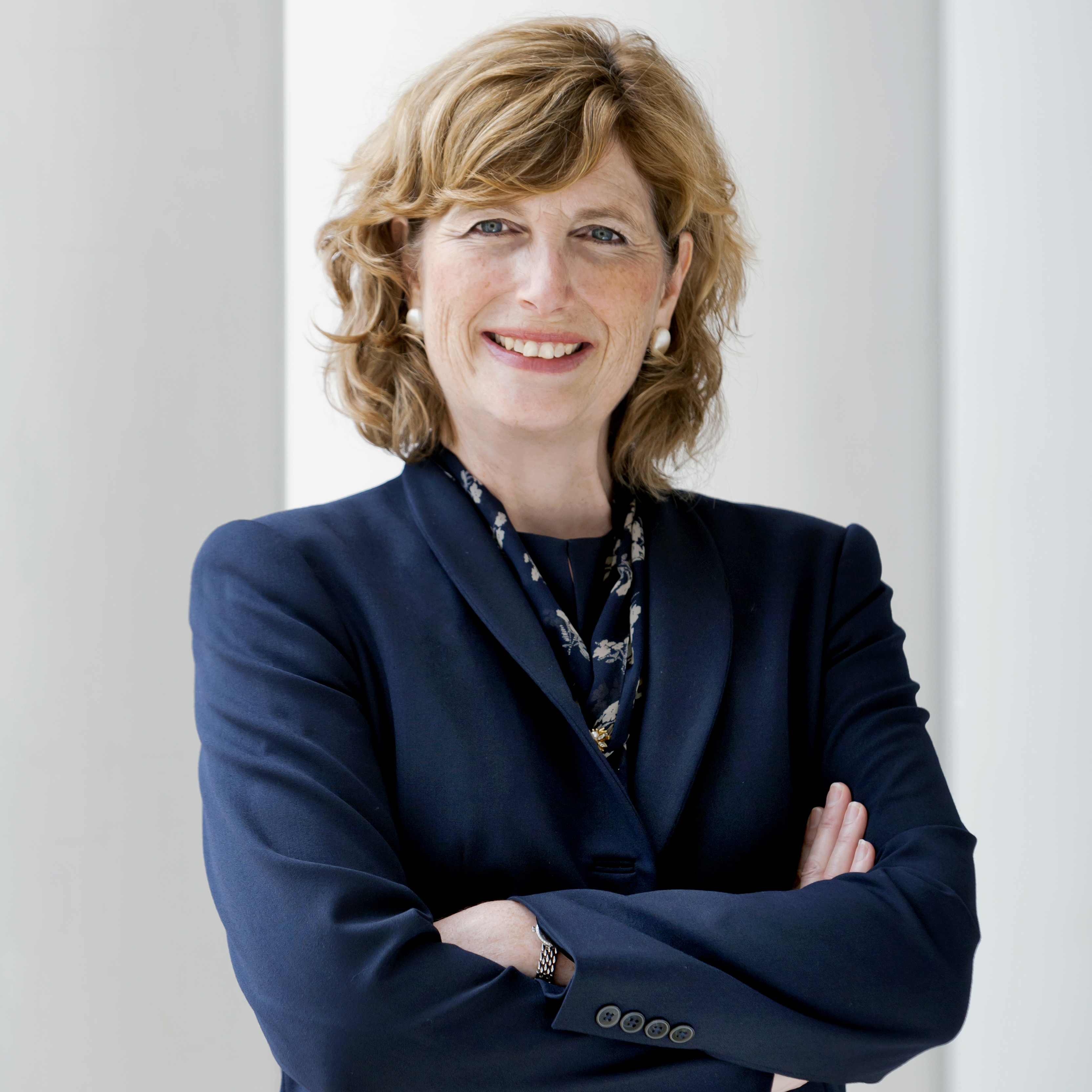
Here are a few of my observations from the past year.
- Unlike other campuses across the country, the University of Maryland put the health and safety of students, faculty and staff first. Students and faculty members were not forced into face-to-face classes in Fall 2020. The masking, social distancing and COVID testing messages were constant and enforcement was rigorous. I have not heard a single complaint about those requirements.
- I am in awe of the creativity and nimbleness of the colleges and units on campus that allowed us to put our entire curriculum online in the two weeks around spring break 2020. The heaviest "lift" for Merrill College was to train all of its permanent and adjunct faculty how to teach online. While most students had taken at least one course or seminar online, 90% of the UMD faculty members had never taught one. The provost's office set up workshops and tutorials, and made grants available to faculty members who spent the summer retooling their courses. The care and dedication of all Merrill College faculty members -- full-time and adjunct -- is inspiring and continues today as they plan to take the best parts of online teaching and incorporate them into face-to-face courses in Fall 2021.
- COVID has taken a massive toll on mental health -- particularly that of our students. An astonishing number of them got sick or lost friends and close family members to COVID. We scheduled frequent "check-ins" with Merrill's student body. We told our faculty members to exhibit grace and flexibility, and that meeting deadlines was not as important as completing work. Little things, such as not requiring our students to keep video cameras aimed at their faces during class, made a big difference. Some of our faculty members made it a priority to schedule individual meetings with each of their students, either by Zoom or in person in the Knight Hall courtyard. But they are still stressed out, and I feel badly about that every day.
- Merrill College is known campus-wide for the advising services provided to students, so we were concerned that going virtual would make it more difficult for our students to discuss course selection and navigate their academic careers. We discovered that Zoom worked well for advising appointments, and in the future, we will make it an option for students to meet with advisors online because some students preferred it, finding it more comfortable.
- While I don't miss my long commute every day, I miss my colleagues and our students. Catching up with someone on Zoom is not the same as running into them in the hallway.
- Commencement is a very big deal for everybody. We have to find a way to celebrate our graduates from Spring 2020, Fall 2020 and Spring 2021 in person. I am open to suggestions.
- Not everything about the pandemic has been bad. We have actually maintained better contact with our alumni, for example, through frequent online seminars, panels and workshops. It's easier to hop online than it is to drive to campus, find a parking spot and grab a seat in Eaton Theater. Out-of-state alumni are particularly grateful for our programming efforts.
- Like America's newsrooms, Capital News Service and the Howard Center for Investigative Journalism moved online. Our students learned unexpected skills in remote reporting and good, old-fashioned interviewing. We also used the pandemic to double down on teaching our students how to use data in their journalism, giving them a skill all newsrooms need and very few have.
Finally, I have come to realize I am the luckiest J-School dean in America. Because of the talent, resourcefulness, creativity, compassion and good humor of everyone in the Merrill community, we only missed a few beats. We are ready for Fall 2021.
Better days are ahead.
Lucy Dalglish
Dean
What We've Learned During the Pandemic
Readers would have no idea how the pandemic complicated the work. All the readers saw was good reporting.
For reporters in the Baltimore Urban Affairs Reporting class, here were the rules:
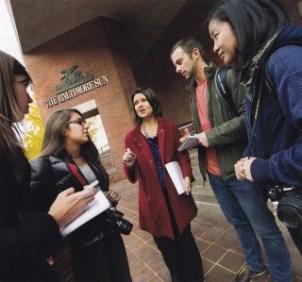
You are to spend the semester exploring issues that city residents face and then publish long-form articles on the problems. You are to find engaging people to discuss the issues. You are to provide video, photos, maps and graphics. And you are to do all that without entering a building, traveling in a car with another human or coming within 6 feet of any person. And you always must wear a mask.
The students in JOUR 327 shrugged and got on with their work. Last fall, they interviewed public health experts on Zoom, called community leaders, drove in separate cars to cover neighborhood events at a distance and arranged to interview their subjects on sidewalks and front porches while staying at least 6 feet away.
The reporters took photos at outdoor food pantries and walked with residents who were cleaning up city streets. They covered fresh-air yoga classes and translated as a Spanish-speaking student talked about the stress of helping younger relatives attend online classes while she tried to keep up with her own high school sessions.
Then the reporters collaborated on Zoom and online, working together to write and fact check. The result was a package of stories on how Baltimore neighbors were helping each other cope in the pandemic.
Readers would have no idea how the pandemic complicated the work. All the readers saw was good reporting.
Sandy Banisky
Abell Professor in Baltimore Journalism
Collaborative journalism let us beat the pandemic.
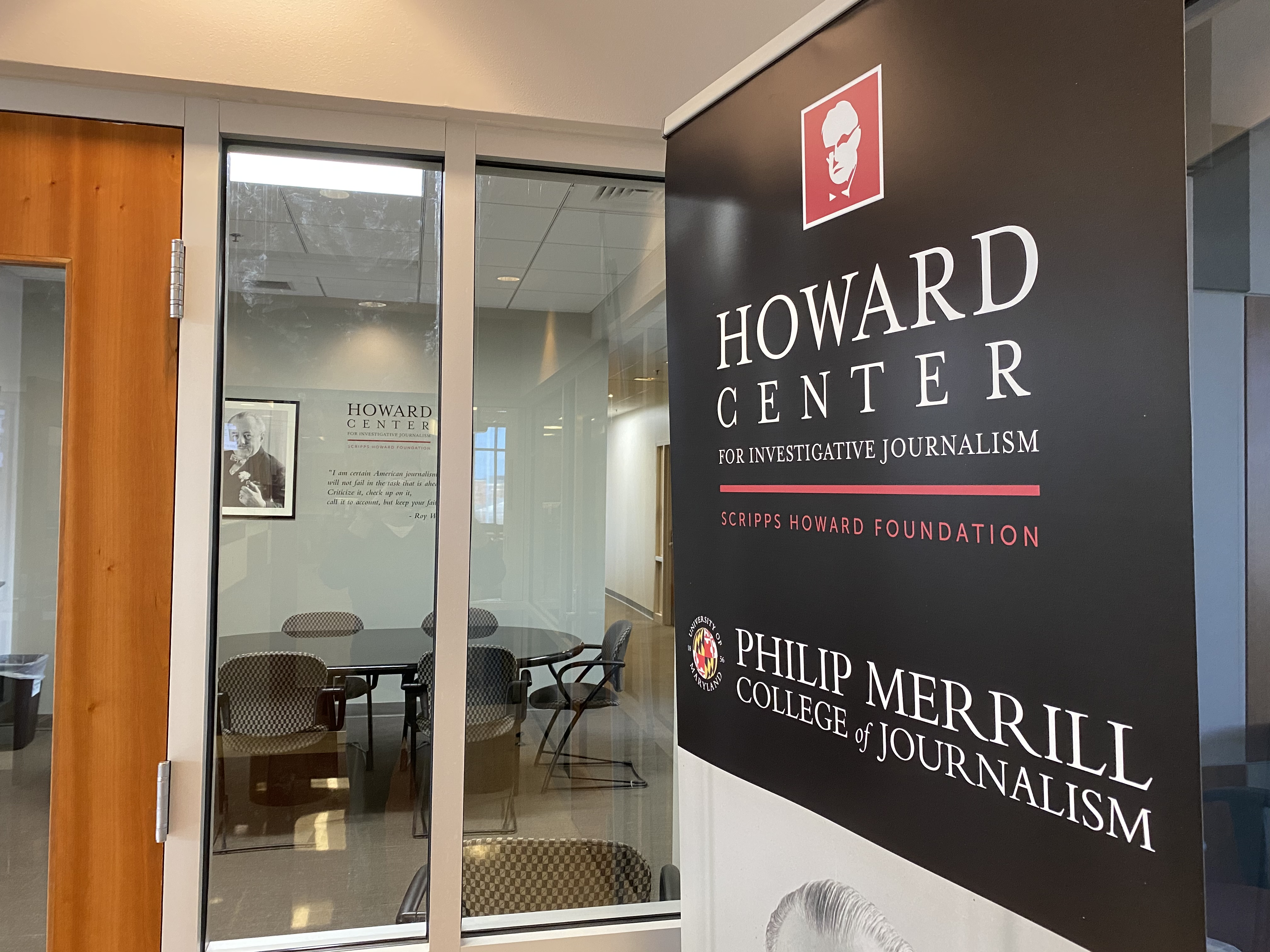 As students returned to class in January 2020, the Howard Center for Investigative Journalism launched its first multiuniversity collaboration. We teamed up with journalism programs from coast to coast and north to south (the University of Oregon, Stanford University, the University of Arkansas, Boston University, the University of Florida and Arizona State University) to investigate the impact of criminalizing homelessness and pushing homeless people out of encampments when they had nowhere else to go.
As students returned to class in January 2020, the Howard Center for Investigative Journalism launched its first multiuniversity collaboration. We teamed up with journalism programs from coast to coast and north to south (the University of Oregon, Stanford University, the University of Arkansas, Boston University, the University of Florida and Arizona State University) to investigate the impact of criminalizing homelessness and pushing homeless people out of encampments when they had nowhere else to go.
Two months later, the pandemic shut down campuses and took away our ability to travel. But with reporters scattered across the country, we kept going.
We reported, took photos, built graphics and a website. We shared data via GitHub, and interviews and drafts via Google docs. We met on Zoom to swap information, map reporting strategies and even edit stories in real time by sharing screens. By the end of 2020, the collaboration had produced three dozen stories spanning the country, and then continued as we pursued a new project on the impact of COVID on vulnerable workers.
Collaborative journalism let us beat the pandemic.
Kathy Best
Director, Howard Center for Investigative Journalism
Sean Mussenden
Data Editor, Howard Center for Investigative Journalism
That African proverb about it taking a village to raise a child? Well, it takes a village to teach, too, pandemic or not.
When the first semester was interrupted midstream by COVID, I wasn't sure what to do when asked to teach virtually. So, I stumbled into Zooming, where I lectured and showed my PowerPoint presentations, and hoped for the best. Truth was, I was relieved when that semester ended.
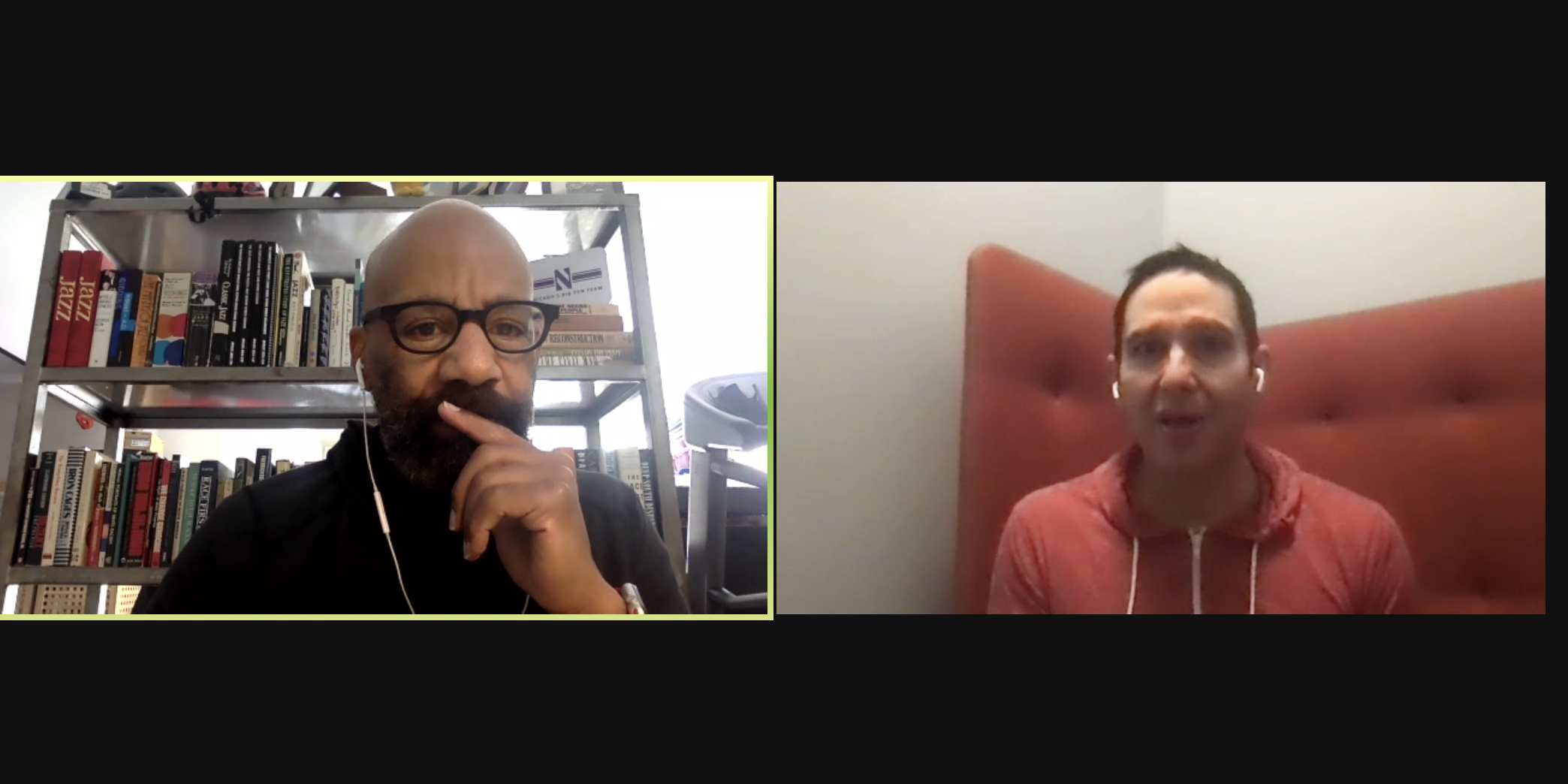
Before the second semester in the pandemic, I took classes to up my game in virtual teaching. I incorporated some of its tools, and developed a better presentation for the class' online site. I still felt like I was stumbling, but to my surprise several students said they enjoyed and learned from the class no matter the circumstance.
The Spring 2021 semester teaching sports reporting and writing brought the challenge of covering and writing about games virtually, just like most sports reporters are doing these days. But teams and leagues have been cooperative and understanding, and students have been as well, covering games and conducting interviews from their screens.
It led me to understand that teachers are not in this alone, though it may seem that way. That students are as empathetic with our situation as we are with theirs. That the pandemic classroom is more of a community effort than it appears.
So, going forward, I'm taking that with me.
Already, this third semester of virtual pandemic teaching seems more communal than distant. That African proverb about it taking a village to raise a child? Well, it takes a village to teach, too, pandemic or not.
Kevin Blackistone
Professor of the Practice, The Shirley Povich Center for Sports Journalism
I have appreciated the help and support from the professors in each of my journalism classes. I have felt that all of them have been quick to respond to emails, have always been willing to meet one-on-one on Zoom for extra support and have continued to show they will do anything in their power to make us the best future journalists.
Before the start of my freshman year of college, I was nervous about transitioning from my small high school to such a large university, especially with classes going online because of the COVID-19 pandemic.
 Since the beginning of last semester, I have appreciated the help and support from the professors in each of my journalism classes. I have felt that all of them have been quick to respond to emails, have always been willing to meet one-on-one on Zoom for extra support and have continued to show they will do anything in their power to make us the best future journalists.
Since the beginning of last semester, I have appreciated the help and support from the professors in each of my journalism classes. I have felt that all of them have been quick to respond to emails, have always been willing to meet one-on-one on Zoom for extra support and have continued to show they will do anything in their power to make us the best future journalists.
One professor in particular showed extra effort to make our class feel comfortable. Leading up to the first week of fall classes, Associate Professor Ira Chinoy reached out to our JOUR 200 class and invited each student to have a one-on-one meeting with him to get to know each other. After this, he continued to make our online class feel in person, which made the transition to college easier.
In my JOUR 262 class, Alanna Delfino has worked hard to make sure all of her students are learning and understanding the class materials. In a videography class, it can be difficult to teach certain skills on Zoom, but Alanna continues to show patience and support, no matter how long it takes us to understand certain concepts. Only halfway through this semester, I already notice an improvement in my storytelling abilities.
Another aspect of the journalism program that I feel has bettered me as a student is the way my professors have pushed me to get involved around campus. As a first-semester freshman with everything online, it can be intimidating to write for campus publications or join clubs. I have felt that many of my professors have encouraged us or created assignments around our involvement. Initially it was scary, but I became grateful for those experiences. In fact, I was published in The Diamondback in November and have done some sideline observing and reporting for The Left Bench. Had I not been receiving the encouragement and guidance from my Merrill professors, I would not have thought to get involved until I was a sophomore or a junior.
Based on my current experiences, I am looking forward to continuing my education in the Philip Merrill College of Journalism over the next three years.
Sarah Cassuto
Merrill College Student
The secret sauce to teaching – no matter the course and no matter the platform – is to care about your students. It always has been. And it always will be. Everything else flows from that.
The most important thing I learned about teaching during a pandemic has nothing to do with teaching online for the first time. The secret sauce to teaching – no matter the course and no matter the platform – is to care about your students. It always has been. And it always will be. Everything else flows from that.
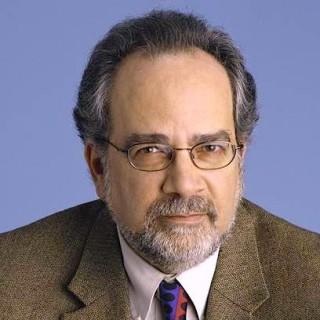 I was teaching the first course students take as journalism majors. So, most were first-semester freshmen. I had 59 of them in two sections of JOUR 200 (Journalism History, Roles and Structures).
I was teaching the first course students take as journalism majors. So, most were first-semester freshmen. I had 59 of them in two sections of JOUR 200 (Journalism History, Roles and Structures).
I tried to imagine what this would be like for them. I solicited ideas from former students, brainstormed with colleagues and consulted gurus of course design. And I was terrified of not being able to give my students a start to college and to their major that would be memorable, in a good way.
Over the summer, I wrote to each one and exchanged emails. About 50 then met with me one-on-one via Zoom before the first class. That broke the ice. I was getting to know them, and I could see how amazing they were – smart, engaged and eager to get started.
Because they would miss the socialization from walking in and out of class together, I used Zoom breakout rooms during live online classes so they could talk in small groups with various prompts. They also engaged with each other in asynchronous discussions on ELMS, our course platform.
I did away with standard exams and focused on having them capture what they were learning each week in a journal they shared with me. And I gave out extensions whenever they asked. They could learn at a steady pace, but with less pressure. They got a lot of individual feedback on their writing, too.
They knew I had tried to see the course from their point of view. And as if in response to my initial fears, one student wrote in an anonymous evaluation at the end of the semester, “He created a safe space and helped us transition from high school to college life.”
Dr. Ira Chinoy
Associate Professor
Throughout the pandemic, I was able to bring my students more places virtually than if we were in person, and I hope to continue to use those tools to give them the same amazing opportunities going forward.
This was a difficult year to teach technical skills. Explaining where buttons are on a camera, then demonstrating what they do doesn’t translate well over Zoom.
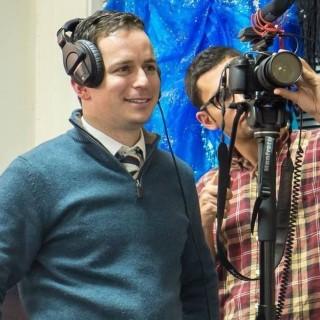 With some aspects of teaching production remotely, I got creative and developed techniques I can use when we return to normal, such as teaching lighting for instance.
With some aspects of teaching production remotely, I got creative and developed techniques I can use when we return to normal, such as teaching lighting for instance.
I was able to set up a second camera input in Zoom, where I plugged in an external camera. I set up three-point lighting around the external camera, so I was able to show the class what the lighting setup looked like from a third-person view (my Zoom camera) and what the camera was recording (the second camera input). In the future, I can use that technique to display that camera on a monitor, instead of making the students gather around the camera. I found ways to make my presentations more interactive, using a platform called Mentimeter. Overall, the pandemic forced me to rethink how I teach and engage my students.
The pandemic also created a unique opportunity in my new Independent Documentary Production class. I was able to bring in guest speakers who would never have been available. I reached out through email, Twitter and LinkedIn -- however I could find the contact information. We had Academy Award-nominated directors, film festival directors and award-winning cinematographers talk to my class. We spoke to the director of photography from "The Keepers," the award-winning Netflix documentary series, and we ended the semester with Tim Wardle, the director of the documentary “Three Identical Strangers." Throughout the pandemic, I was able to bring my students more places virtually than if we were in person, and I hope to continue to use those tools to give them the same amazing opportunities going forward.
Josh Davidsburg
Senior Lecturer
Not dismissing the travesties and traumas of the pandemic, we can look to the opportunities it has brought forth: to be a better teacher, to be a stronger mentor, to be there for our colleagues, to display flexibility, empathy and resilience, and to grow personally.
If there is one thing we know as journalism educators at Capital News Service, it’s that change will be a constant during the careers of our students.
But none of us could have imagined the changes from the pandemic.
While the disruption of the pandemic caused us to lose some of what we value at CNS, it gave us the opportunity to find new ways to strengthen the CNS experience.
 And because CNS students work as journalists, the challenges were even greater. As Mel Coffee, director of the CNS broadcast bureau, tells his students, “When the world falls apart is when we need to be at the top of our game, because it is then that we have an obligation to make sense of the world and present clear and complete information to our audiences.”
And because CNS students work as journalists, the challenges were even greater. As Mel Coffee, director of the CNS broadcast bureau, tells his students, “When the world falls apart is when we need to be at the top of our game, because it is then that we have an obligation to make sense of the world and present clear and complete information to our audiences.”
We found opportunities to improve CNS through data analysis, working together to be a more cohesive news organization and understanding our students in new ways.
We began our major changes last summer when we knew in-person reporting would be limited during the coming school year. We also knew that even in a nonpandemic world, better data-analysis skills to find stories are more important to journalists. So, we built a training program, a data boot camp that now begins each semester.
The opening session teaches the basics of data for newcomers, with a refresher for those with some experience. Next, we teach how to take data-analysis findings and use them as a foundation for news stories, with an emphasis on how to use social media to identify sources. We conclude with how to take data-analysis findings and use a data-visualization tool to produce graphics.
The students put the training to use, reporting stories that would not have been available without the skills they learned.
All CNS students were required to go through the training together. This was an important first step to bring CNS students and faculty closer together and remove some silos.
We continue to bring students and faculty together, as we have had more students from different bureaus collaborating than we did previously. This allows us to take advantage of the strengths of faculty and students to improve our journalism and teaching. In addition, the CNS faculty now regularly works together to enhance our journalism and teaching. This will continue after the pandemic ends. All these steps allow us to function more like a news organization than we had previously.
Underlying everything, the pandemic revealed unprecedented challenges for students. Yes, they come to us as students, just as we come to them as educators, but a resounding theme emerged: students come with a full set of unique life roles, circumstances and history. We learned from this.
Before the pandemic, much of our processes and approach were fairly structured and in place. Yes, we’d tweak and improve each semester, but the challenges of the pandemic had to be met with new thinking, creativity and sensitivity.
CNS faculty gained insight and found ways to show flexibility and empathy, while still holding accountability. And we grew in response.
Some of our professors told me:
- The pandemic “taught me that I can teach just as effectively, if not more effectively, by abandoning scheduled learning objectives and focusing on learning needs.”
- “The right balance between empathy and accountability can shift hourly and daily. So, I have learned to listen more intentionally and more intently to what a student says or does not say.”
- “Students learn from each other as much as the instructor.”
- “School and life suddenly coexisted in the same physical space and competed for time and attention.”
- “The pandemic has reinforced, as no other experience could, that students are coming to us with a wide variety of life experiences and support systems.”
- “Students took more responsibility and ownership for not only producing their own work but for helping each other.”
- “I tried to remember that none of this was normal. The best editors I had were supportive above all else. They took time they didn’t have to help me understand how I could improve. That’s the kind of editor and teacher I want to be. I sure hope this would have come to me without a pandemic. But it certainly did amid one. It was easy to identify reporters in newsrooms where I worked who had never had such an editor. My goal is ensuring students leave Merrill having already had one.”
So, not dismissing the travesties and traumas of the pandemic, we can look to the opportunities it has brought forth: to be a better teacher, to be a stronger mentor, to be there for our colleagues, to display flexibility, empathy and resilience, and to grow personally.
As Parker Palmer writes in “The Courage to Teach,” good teachers “are able to weave a complex web of connections among themselves, their subjects and their students, so that students can learn to weave a world for themselves.”
We know that the world of journalism that Merrill College graduates enter will not be the same five, 10 or 20 years from now.
We believe CNS students and faculty are better prepared to manage change as a result of the past year.
Marty Kaiser
Managing Director, Capital News Service
CNS is led by bureau chiefs James Carroll, Mel Coffee, Karen Denny, Adam Marton and Alexander Pyles.
What I am amazed and awed by is the capacity of so many people to do so many things. The future feels brighter because so many good people took care of business and took care of each other in trying times. That gives me hope.
I learned nothing in the past year -- because the pandemic only proved everything I already knew about Merrill College.
I did not learn that our students are resilient and tougher than the critics of this generation say they are, because I already knew that.
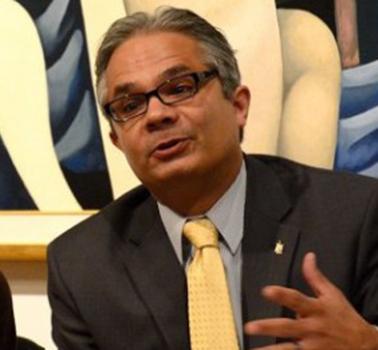 In the face of COVID, rampant racial injustice and a country torn apart by misinformation and distrust, they went to school and learned.
In the face of COVID, rampant racial injustice and a country torn apart by misinformation and distrust, they went to school and learned.
They covered Black Lives Matter protests. When they couldn’t travel for stories on COVID and homelessness, they worked the data, the phones and social media channels while partnering with fellow students at other universities. They advocated for those whose voices are not always heard by telling their stories in ways that demand justice.
They advocated for themselves, too. And they held us to account, making sure we knew that some of their classmates were struggling in new and different ways.
I also did not learn that the faculty and staff at Merrill College are hard working, inspiring, caring and creative. I already knew that.
In March 2020, they pivoted when a traditional bricks-and-mortar university went online. They spent countless hours last summer learning new skills and techniques, and rethinking how to teach their classes so they could do the online thing better in the fall.
For more than a year now, they’ve met regularly to share ideas and listen to each others’ challenges. They’ve been willing to try new things. They’ve also been willing to fail fast when one of those things didn’t work.
With great compassion they’ve worked to accommodate troubled students and help them cross whatever finish lines those students needed to cross. Yet they still held those students to high standards.
They led the largest university reporting collaboration ever attempted and successfully managed remote coverage of a tumultuous election.
Our faculty and staff rethought graduation ceremonies, internship arrangements, equipment checkout and more.
Already, they are talking about what’s next and preparing to take us in new and exciting directions.
No, I did not learn that the people -- students, staff and faculty -- I have the honor to work with are terrific. I already knew that.
What I am amazed and awed by is the capacity of so many people to do so many things. The future feels brighter because so many good people took care of business and took care of each other in trying times. That gives me hope.
Rafael Lorente
Associate Dean for Academic Affairs
There was a palpable shift from 'show up to this class because I told you to' to 'I am so glad to see you so we can keep learning together.' As both pandemic and politics raged, we were there together to share, listen and learn. It was an oasis in a sea of unpredictability.
The main lesson I’ve learned from a year of pandemic teaching is how much heart there is at Merrill College.
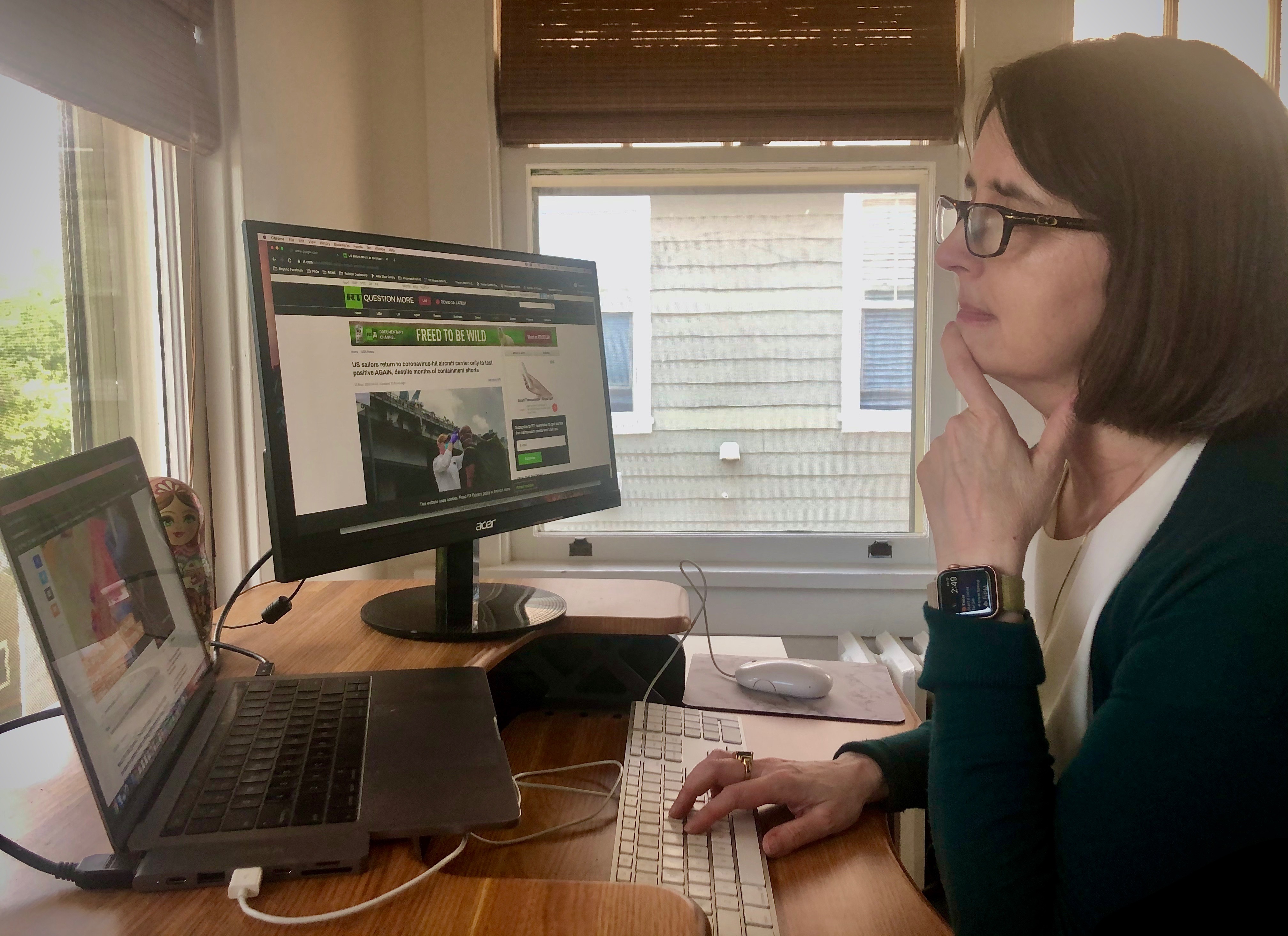 Before the pandemic, I thought of Merrill as a good place to work that was run by and for professionals to teach the next generation of journalists. Now I think of it as a community of people who will care for each other through dark and difficult times. In the strangest way, walking out of the building and logging on to a virtual world for more than a year brought us closer together than ever before.
Before the pandemic, I thought of Merrill as a good place to work that was run by and for professionals to teach the next generation of journalists. Now I think of it as a community of people who will care for each other through dark and difficult times. In the strangest way, walking out of the building and logging on to a virtual world for more than a year brought us closer together than ever before.
The week we shut down is in some ways a complete blur, and in other ways a series of sharp images in my memory. Watching Gov. Larry Hogan’s announcement to close down the state in Rafael Lorente’s office with colleagues. The dismayed faces of seniors in my research methods class in Spring 2020 when I told them I would not see them again. The instructor quietly sobbing as she came to terms with the new teaching challenge ahead.
I volunteered that week to lead the shift to virtual teaching because I felt like I could help, but I also needed to feel some kind of control. I thought, "How hard could it be? This will be over in a few weeks, by the end of the semester." Oh, former Sarah. No.
Although I cunningly hid this from the dean, I’m actually not that good at technology. That was part ego but also because I felt like it was a moment we were all going need to fake it until we made it.
And we did. With a few bumps and moments of sheer panic, our courses moved online. Sometimes undergraduate TAs held our hands as we stumbled through Zoom, Zoom Rooms, Sways, Slack, Google Docs and whatever else it took to get the teaching done. There were late-night phone calls and emails among us, with so many ready to help each other. Dozens of Merrill staff showed up to voluntary teacher training sessions and worked on summer innovation grants to improve online teaching.
Through it all, we were helped by our students, who showed amazing resilience and cooperation with us. There was a palpable shift from “show up to this class because I told you to” to “I am so glad to see you so we can keep learning together.” As both pandemic and politics raged, we were there together to share, listen and learn. It was an oasis in a sea of unpredictability.
I’ll never really think of teaching the same way again. It’s about so much more than showing up in the classroom. Rather, it’s a privilege to have this time together with my students and colleagues.
Dr. Sarah Oates
Professor and Senior Scholar
Even on a digital platform, I felt the community spirit of Merrill encouraging me to present my research and conclusions. To me, that is the spirit of academia and I'm grateful to be a part of it.
I'm probably not your typical graduate student. I worked as a newspaper reporter, freelance writer and adjunct instructor before I decided to pursue my doctorate in journalism. But then I didn't really have a typical graduate journalism experience during my time at Merrill. There are so many different experiences and life stories crossing paths in Knight Hall.
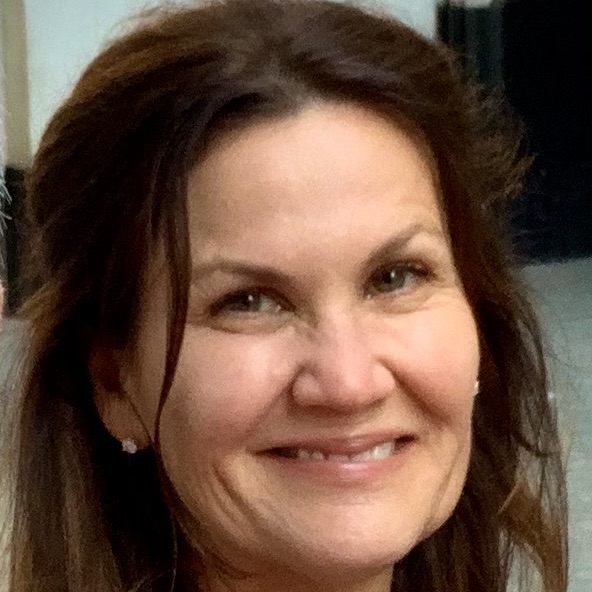 Last December, I was finally scheduled to defend my dissertation, the last step toward earning my doctorate. At Merrill, students and faculty are encouraged to attend dissertation defenses -- to learn, support and participate. Every defense I've attended has been in the auditorium in Knight Hall. The candidates, always one my fellow students, stood up front in the semicircular lecture hall and explained a new idea about journalism. I've never seen anyone not be nervous. But the routine, familiar location and audience of Merrill regulars makes it work.
Last December, I was finally scheduled to defend my dissertation, the last step toward earning my doctorate. At Merrill, students and faculty are encouraged to attend dissertation defenses -- to learn, support and participate. Every defense I've attended has been in the auditorium in Knight Hall. The candidates, always one my fellow students, stood up front in the semicircular lecture hall and explained a new idea about journalism. I've never seen anyone not be nervous. But the routine, familiar location and audience of Merrill regulars makes it work.
My defense, however, was scheduled for December 2020. That meant it would be on Zoom from my kitchen table.
Sarah Oates, my advisor, barely blinked at this new reality. Sarah had invited me to teach in one of her classes on Zoom earlier in the semester -- the perfect preparation. I knew she had mastered the transition to online learning. Nevertheless, she took the time to help me adjust. More importantly, she encouraged me to focus on the hard work I had done to get there. The biggest gift I received at Merrill was the generosity of professors like Sarah in sharing their knowledge with me. Brilliant scholars, at the top of their field, took the time to consider my thoughts and then added to them, creating and refining new avenues of ideas. My dissertation was the end result of this process.
On the day of my Zoom defense, Sarah gathered the committee and we all dialed in. Ron Yaros, the head of the Ph.D. program, was there, smiling and offering support as he always does. My Merrill committee members, Ira Chinoy and Mark Feldstein, beamed in and the familiarity of hearing their voices -- even their tough questions -- made it seem as if I was back on campus. Two of my committee members from Political Science had moved on to other universities. Zoom actually made it easier to have them join, and I was grateful they didn't have to travel on my account. Many of my colleagues, including students I've never met, were there.
And I passed. I earned my doctorate, defending in the middle of a pandemic that required us all to quarantine.
Even on a digital platform, I felt the community spirit of Merrill encouraging me to present my research and conclusions. To me, that is the spirit of academia and I'm grateful to be a part of it.
Dr. Rachel O'Hare
Ph.D. Alumna (December 2020)
We've learned that change is perhaps easier than we thought, and that adapting our methods doesn't mean losing our connection to our students or diminishing our incredibly high standards for advising.
On March 12, 2020, we left Knight Hall thinking that we'd be back on campus in a few weeks after an extended spring break. Armed with folders full of blank advising records, instructions from our director of computer services on how to remote into our work computers and with our work phones set to forward calls to our cellphones, we planned to meet our students' needs virtually as best as possible. Little did we know that a year later, we'd still be working mostly from home and conducting all undergraduate advising remotely, with our students attending classes from all over the world.
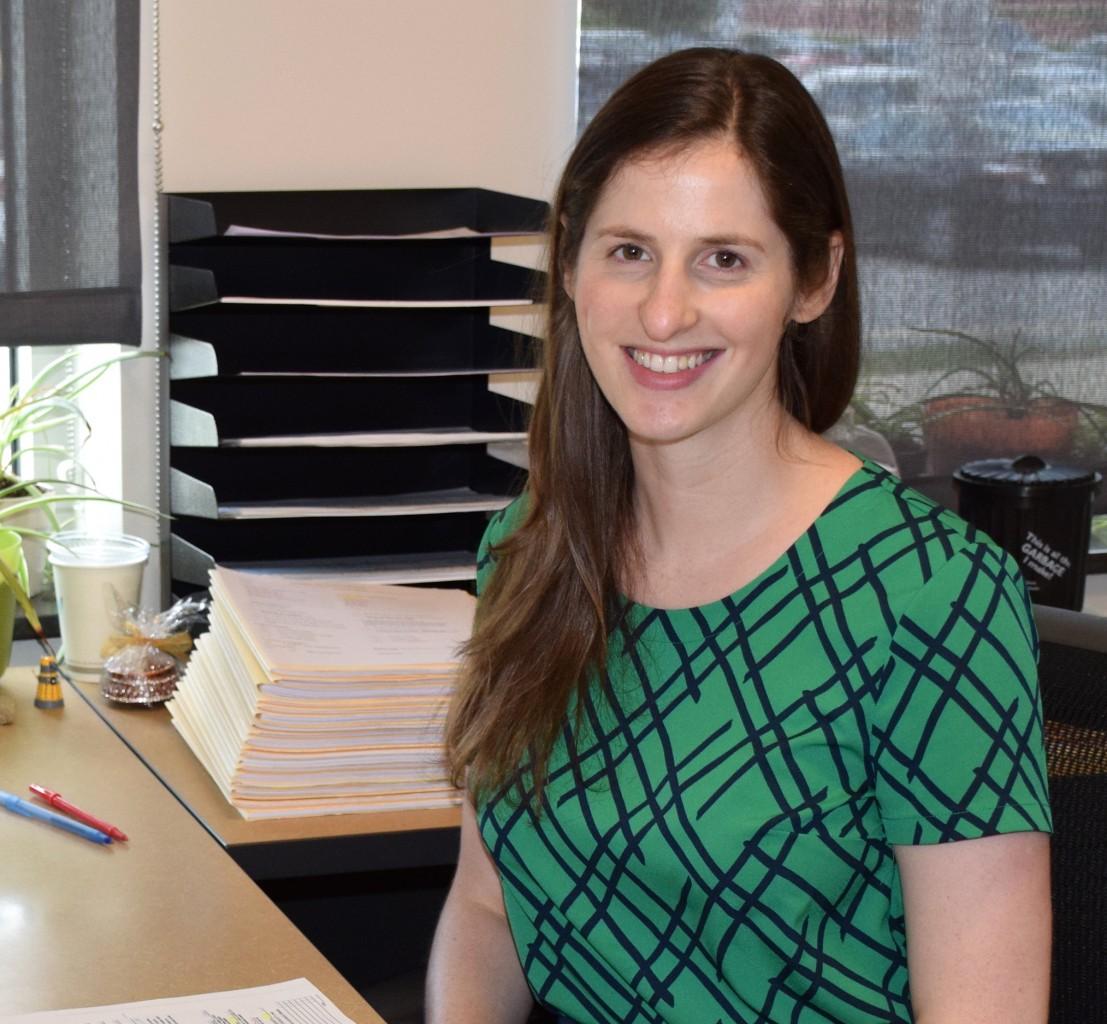 Merrill College's undergraduate advising office has always been a low-tech, high-touch environment. We pride ourselves on connecting with our students as individuals and meeting their needs with a level of connection that may pose a challenge for some of the larger units on campus. Meetings have always been one-on-one, face-to-face, with up to an hour set aside for each student to go over their degree planning and answer any questions they bring to the table.
Merrill College's undergraduate advising office has always been a low-tech, high-touch environment. We pride ourselves on connecting with our students as individuals and meeting their needs with a level of connection that may pose a challenge for some of the larger units on campus. Meetings have always been one-on-one, face-to-face, with up to an hour set aside for each student to go over their degree planning and answer any questions they bring to the table.
We provide our students with a detailed "advising audit" worksheet that shows exactly what requirements they've fulfilled, what's in progress and what classes they still need to take to finish their degrees. Hundreds of students come in for advising appointments each semester, with the most popular time period being the six weeks of preregistration. Some of these students are required to meet with us for "mandatory advising," but the vast majority schedule appointments because they see value in reviewing their plans with a trusted advisor.
Before the pandemic, we'd slowly started moving to a more digital environment -- scanning our paper documents and sending students off with emailed copies rather than photocopies. We used these scanned documents to begin building a digital file cabinet of student records. We'd been debating how we could go about making our beloved paper worksheets digital, but nothing had been decided.
The pandemic changed that. We now create our advising audits with Adobe and take our notes in Word or Google Docs, easily sharing them with students via email. Students' appointments are scheduled for phone or Zoom, and connections are made and maintained virtually. There are first-year students we've never "met" in person, but we've still managed to build trust and rapport with them through our virtual orientation program last summer and continued contact this year via email and virtual advising.
Going forward, it will be nice to keep our records electronic (so much better for the environment and so much easier to store virtual files) and to know that if necessary, we can conduct meaningful advising sessions remotely. We've learned that change is perhaps easier than we thought, and that adapting our methods doesn't mean losing our connection to our students or diminishing our incredibly high standards for advising.
Rachel Pleatman
Assistant Director for Undergraduate Studies
We’ve been able to have hybrid classes and meet in person, and everyone does a great job following the safety guidelines. This allows us to get back into the field for hands-on learning with the cameras, tripods and more.
A few years ago, students named my classroom the “Swain Domain,” and I’ve embraced it ever since. It was disappointing when that physical space was no longer the home for my field production and video journalism classes because of pandemic safety restrictions, but I’ve learned a lot that will help my courses continue to improve.
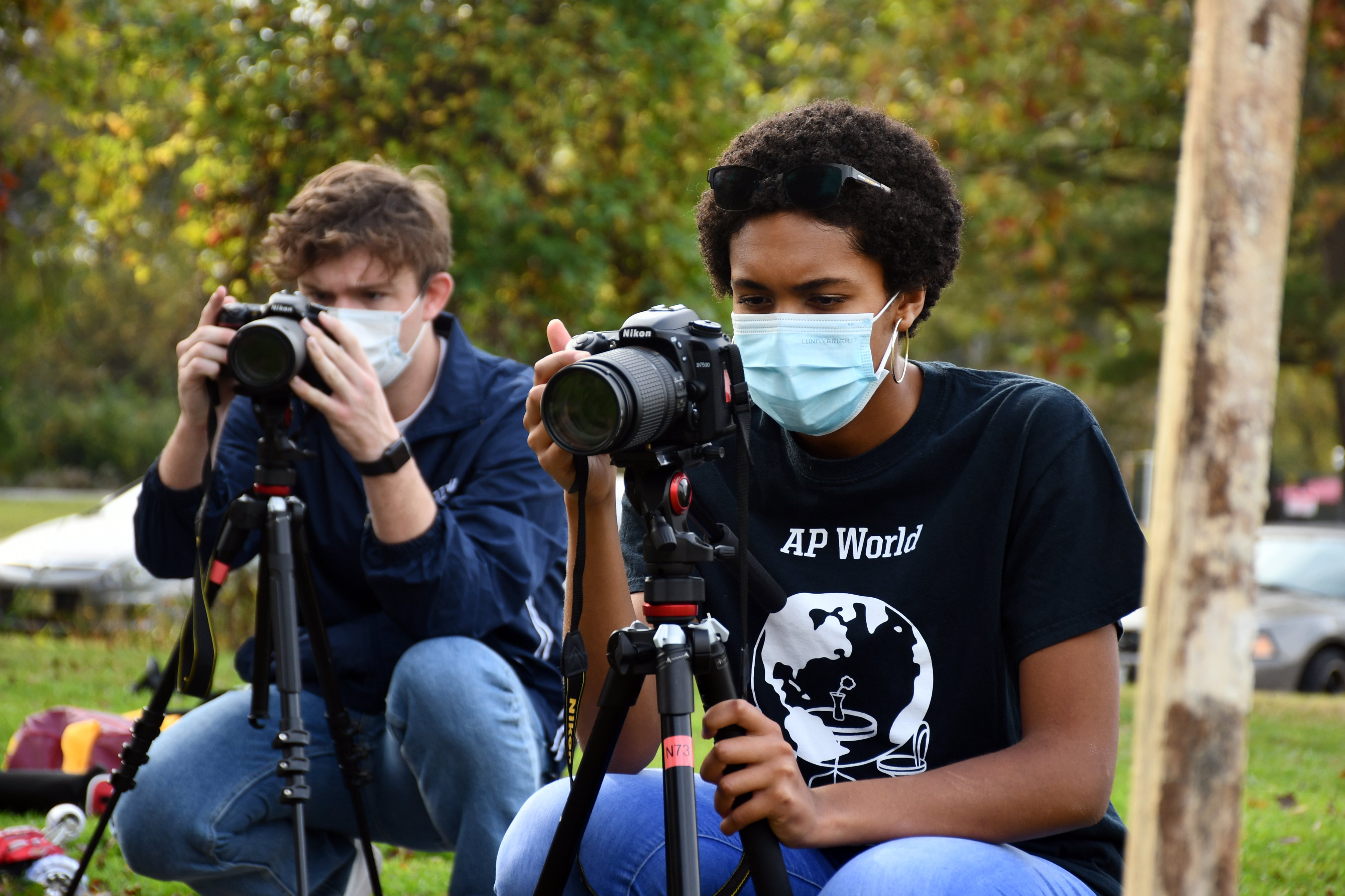
Previously, I held my office hours in my lab classroom, with access to another space for private conversations. Students would come and work on projects with support from each other and from me. This was one of the elements that was missing when we first transitioned to Zoom: I could still have conversations, but I couldn’t interact directly with students’ Premiere Pro editing projects to give detailed feedback and suggestions.
Well, technology has come a long way. We now can set up remote access where students can show me their editing and I can interact to help improve their work. Now that we can do this remotely, I’ve been holding office hours at night and even on-demand. Students love the extra flexibility, especially when they get stuck while working on a deadline.
Another aspect that will continue is having a GroupMe with the entire class and the professor, for questions and support in a less formal setting. It can be good to have a place to turn with general campus questions, not only related to homework assignments.
But the best part is probably seeing how flexible and accommodating Merrill College students can be as they learn problem-solving skills beyond what is listed on the syllabus. We’ve been able to have hybrid classes and meet in person, and everyone does a great job following the safety guidelines. This allows us to get back into the field for hands-on learning with the cameras, tripods and more.
I look forward to returning to the "Swain Domain" in person soon, and we will use many of the lessons of the past year to improve our classes and teaching. Future students will get the best combination yet!
Bethany Swain
Lecturer
Since last spring, I have sought out student feedback earlier and throughout the semester, which has not only strengthened my courses but also solidified my feeling of privilege to teach such wonderful students.
During the Spring 2020 semester, I began teaching a course I developed called Designing Stories with Motion Graphics. The first few weeks were grueling and quite demoralizing at times, as the students were struggling to apply the design and animation concepts we learned in class using the Adobe After Effects software.
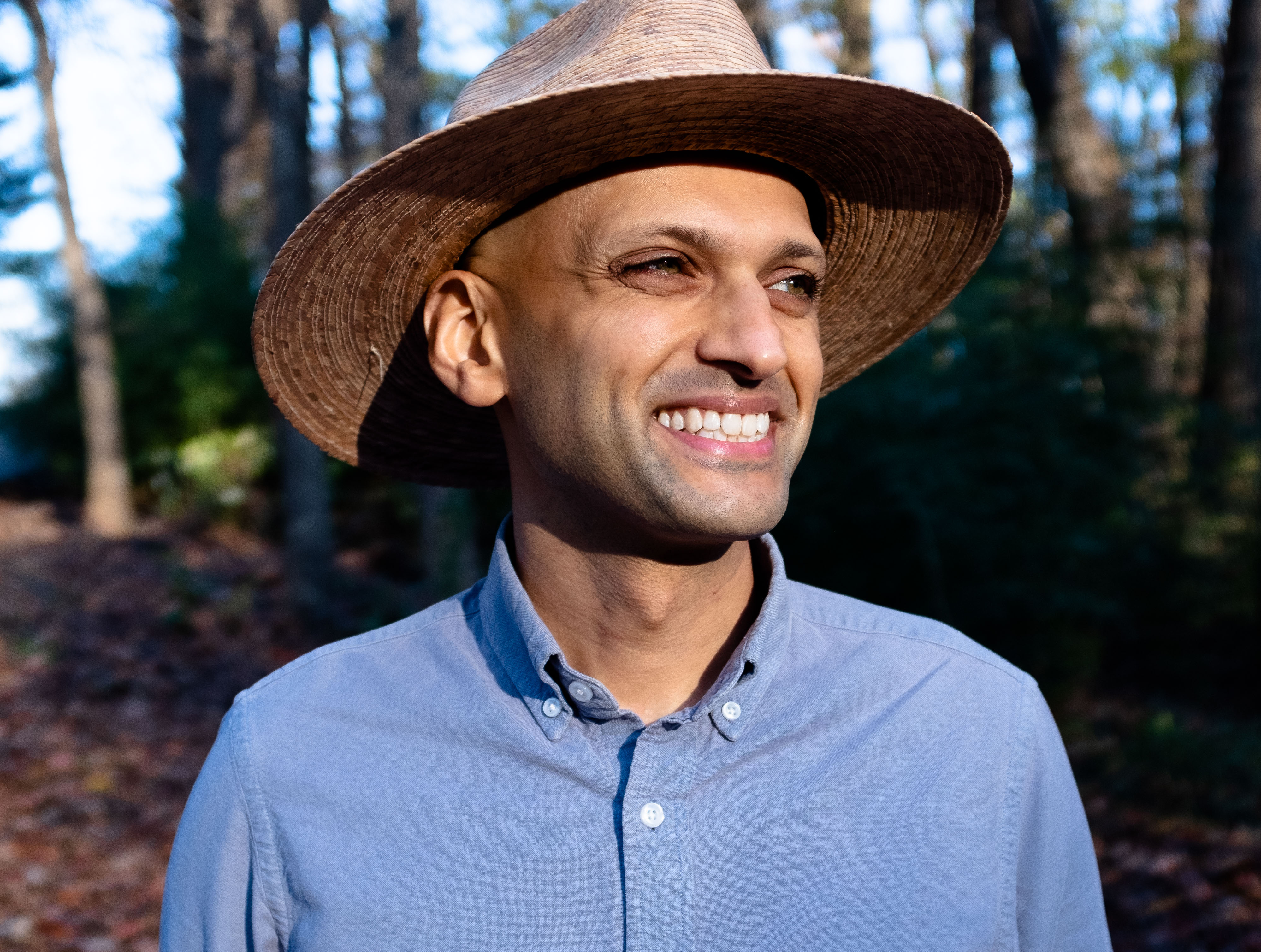 It was no fault of their own, as After Effects is not user friendly and the course was brand new and being stress tested. A few days before we would leave campus indefinitely, I asked the students to give me their honest feedback on how to improve the course. During this session, a master’s student suggested I make videos that students could follow along at their own pace, as Sean Mussenden had done in his data journalism course. As I’ve learned since coming to Merrill, it’s always a good idea to emulate Sean. Moreover, when it became clear we weren’t returning to campus, creating videos that students could follow asynchronously became a necessity.
It was no fault of their own, as After Effects is not user friendly and the course was brand new and being stress tested. A few days before we would leave campus indefinitely, I asked the students to give me their honest feedback on how to improve the course. During this session, a master’s student suggested I make videos that students could follow along at their own pace, as Sean Mussenden had done in his data journalism course. As I’ve learned since coming to Merrill, it’s always a good idea to emulate Sean. Moreover, when it became clear we weren’t returning to campus, creating videos that students could follow asynchronously became a necessity.
When we returned virtually from an extended spring break at the end of March 2020, I began posting weekly tutorial videos that students could follow along at their own pace. Their feedback was overwhelmingly positive and the quality of their work improved quickly and dramatically.
I learned from this experience that our students are often aware of the methods, pacing and styles that help them learn. Having this knowledge was especially important over the last year, when students’ lives were disrupted and many took on new responsibilities as caregivers.
It was up to me, however, to create a time and a space to seek out this information and incorporate it in future instruction. Since last spring, I have sought out student feedback earlier and throughout the semester, which has not only strengthened my courses but also solidified my feeling of privilege to teach such wonderful students.
Dr. Krishnan Vasudevan
Assistant Professor in Visual Communication
